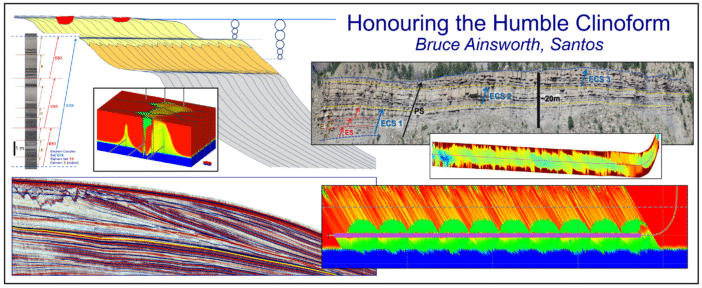
- This event has passed.
PESA SA/NT April Technical Luncheon- Low-cost, Net-zero CO2 Gas from Ultra-deep Coal Seams without Hydraulic Fracture Stimulation

Low-cost, Net-zero CO2 Gas from Ultra-deep Coal Seams without Hydraulic Fracture Stimulation
Presented by: Erik Dunlop, Deep Coal Technologies Pty. Ltd.
Abstract
Following a 17-year investigation into the “Cooper Basin Deep Coal Gas Play” of central Australia, Deep Coal Technologies Pty. Ltd. has developed a fit-for-purpose method, based on a non-standard horizontal drilling technique, for optimising gas extraction from “tight”, highly stressed, inherently unstable “ultra-deep” coal seams that exist at depths substantially below the well-established “absolute commercial permeability depth limit” for conventional shallow coal seam gas (CSG) reservoirs at approximately 6,000 feet (1,830 metres). No hydraulic fracture stimulation is applied, and hence no water, other fluids, gas, chemicals, or solids are injected. Instead, a “target coal seam” is induced to de-stress, and thereby simultaneously “self-fracture” in a complex, fine-scale manner, naturally during both initial wellbore flowback and then during long-term desorptive gas production. This occurs in an overall state of endogenous, coal matrix shrinkage-induced tensile failure. Provided “The Method” is executed within the intended geological setting, where there is no significant mobile formation water, only remnant drilling fluid, and then produced gas, flow back to surface. No post-stimulation “reservoir clean-up” process is required, so there is minimal gas flaring to atmosphere. High initial gas production rates are anticipated (similar to those obtained from deep thermogenic shale gas formations), potentially exceeding 10 MMscfd (283 Mscmd) per horizontal wellbore – within several days of drilling being completed.
The Method is a highly scalable, holistic drilling, wellbore completion, reservoir stimulation, and production process that requires no specialised equipment or personnel. Standard oilfield equipment are repurposed, so as to achieve non-standard but highly beneficial geotechnical, engineering, operational, and commercial outcomes. Project cost and environmental footprint are greatly reduced compared to past and present practices.
By proactively adapting to (rather than reactively combatting) the inherent wellbore instability and inadequate hydraulic fracture stimulation response of ultra-deep coal seams, The Method overcomes five main challenges that currently preclude their full-cycle, standalone commercialisation worldwide; 1) routinely drilling long horizontal wellbores (within the coal seams) that, as with deep thermogenic shale gas formations, are a prerequisite for achieving commercial gas flow rate and recoverable gas volume, 2) routinely installing effective wellbore completion strings and production conduits within hostile wellbore environments, 3) routinely and effectively stimulating nanoDarcy-scale permeability (i.e. “shale-like”) ultra-deep coal seams, so as to create large, complex, conductive “stimulated reservoir volume” (SRV) domains that provide the very high reservoir contact surface area required for commercial-scale gas desorption and free gas liberation, 4) routinely achieving a similar geotechnical / engineering / operational outcome to commercial deep thermogenic shale gas formations but at a substantially lower cost, and 5) minimising the operational environmental footprint.
After long-term desorptive gas production, the depleted, dilating and expanding SRV domains created by this “disruptive technology” ultimately become isolated, low-pressure “gas adsorption sinks”. These may then be used for the purpose of carbon dioxide sequestration, potentially storing more carbon dioxide than the amount of native gas previously produced, thereby resulting in a full-cycle, “net-negative” carbon emission outcome. Alternatively, the SRV domains may be converted to “closed-loop” Kalina Cycle geothermal “heat exchangers”. It may also be possible to use them as “underground coal gasification” (UCG) chambers for the production of “syngas” (a mixture of gas species dominated by carbon monoxide and hydrogen). This is normally used as feedstock for the Fischer-Tropsch catalytic gas-to-liquids process. However, rather than manufacturing synthetic liquid hydrocarbons, the syngas could instead be treated in such a way as to generate a pure hydrogen product.
Event Details:
Thursday, April 27th, 2023
Luncheon: 12 pm for a 12:30 pm start
Place: Ayer’s House, 288 North Tce, Adelaide
Includes a 2-course lunch and drinks
Bookings close 1 pm Monday, 24th April
Any late bookings will incur an additional $20 fee. Strictly no walk-ins.


